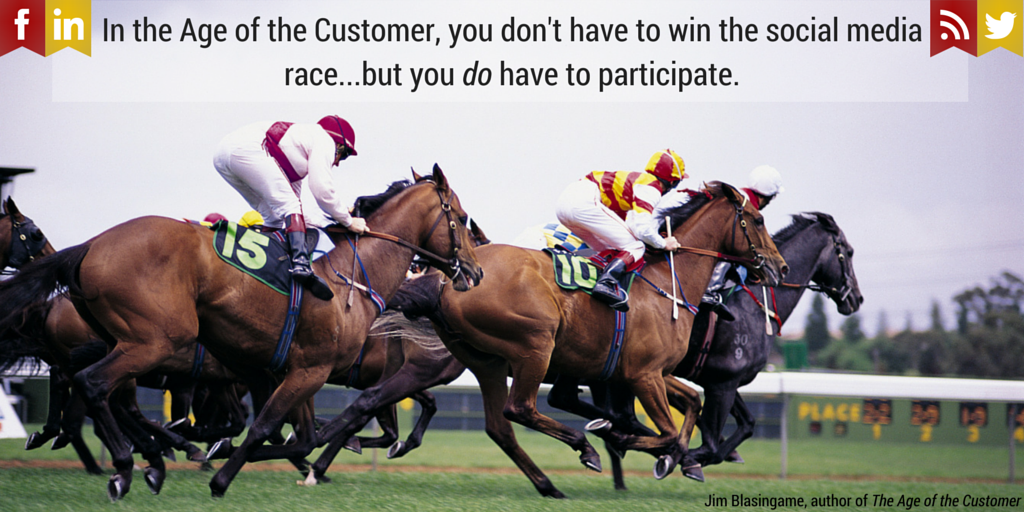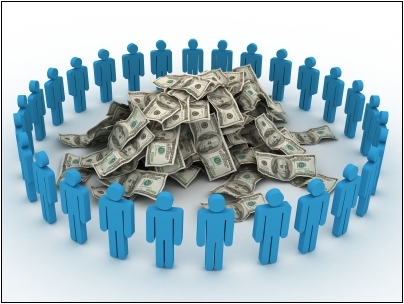 Here’s an ancient marketplace maxim: Selling is a numbers game.
Here’s an ancient marketplace maxim: Selling is a numbers game.
A maxim is a generally accepted truth and this is one because of two realities:
1. There are hundreds – if not thousands – of things that can cause a fully qualified prospect to not complete a transaction, at least not on your time parameters.
2. Regardless of how many bumps you encounter on the path to a signed contract, it’s still your job to produce enough gross profit from sales revenue to stay in business.
Enter the sales pipeline: a planning concept that helps managers and salespeople forecast sales for any given period – week, month, quarter or year. Think of your sales pipeline as overhead plumbing with faucets positioned at the time intervals your operation requires. And from these faucets you draw the mother’s milk of any business – sales revenue.
But there’s one pesky thing about sales pipeline faucets: they all come with screens that only allow sales from qualified prospects pass through, while poorly developed prospects are blocked. So if you’re counting on revenue pouring out of a faucet when you turn the handle on the day you need sales, you must load only qualified prospects into your pipeline to begin with.
A qualified prospect has answered enough questions – directly or through research – to allow you to determine that they will likely purchase what you sell from someone in the forecastable future. Before you place a qualified prospect in the pipeline, you must know at a minimum:
- What’s left to do for them – demonstration, trial, proposal, final close, etc.;
- Anything else that has to be done to move them to customer status.
Your appraisal of all of this information will help you forecast which faucet you should expect a particular sale to pour out of this Friday, next week, next month, next quarter. Once in the pipeline, a prospect is either on track to become a sale, a lost sale, or a forecasting mistake to be removed.
Alas, in the absence of professional sales management, poorly trained salespeople will try to forecast low-quality prospects. And any company that counts on such practices is headed for a cash flow crisis and ultimate business failure. Not because the product wasn’t good, or the price was too high, or because of Amazon. But because the sales team didn’t load the sales pipeline with enough qualified prospects.
At this point, let’s refer to The Bard. In Act I, Scene III, of Hamlet, arguably Shakespeare’s most important work, Polonius famously says to his son, Laertes, “This above all, to thine own self be true.” If your sales team is honest with each other and management about a prospect’s qualified progress to faucet-conformity, you’re setting yourself up for success. If not, well, you know.
Sales has been and always will be a numbers game. But in the Age of the Customer, it’s increasingly becoming more of a quality prospecting game. Consequently, how much revenue you draw from your sales pipeline depends on the two elements of the 21st century sales success calculus: quantity x QUALITY = your ultimate sales performance.
Here’s Blasingame’s Law of Sales Pipeline Success: Load the pipeline with enough (quantity) qualified prospects (quality) to flow through the faucets of your sales pipeline whenever you need them (success).
Write this on a rock … Load your sales pipeline with quantity and quality, and to thine own self be true.













